Want to get more produce out of your backyard garden?
You don’t need to start clearing acres of land in order to grow more vegetables. Instead, you just need to maximize the amount of space you have by planting intelligently.
Ready to unleash the biggest gardening secrets? You can have a five times bigger yield in your garden - all by following these simple tips.
How to Have a 5 Times Bigger Yield in Your Garden
1. Practice High-Intensity Gardening
You can learn more about this method by checking out this video, but essentially, high-intensity gardening means growing vegetables closer together and harvesting them more frequently to improve your yield.

Take lettuce as an example. Rather than cutting the head of lettuce when it’s mature, you cut the plant regularly. It might not look as nice while it’s growing, but you’ll get more nutrition and a higher yield from your space.
You can get four plants per square foot with the “traditional” method of gardening, but when you grow with the high-intensity method, you can plant densely so that the plants are practically growing on top of each other.
The leaves will grow both up and out, filling in space where there’s nothing planted. You’ll still get airflow and your plants won’t worry about weeds or water issues, either.
Worried about thinning? Don’t be. They will naturally thin themselves, as the plants will crowd each other out on their own. The strongest plants will survive. As long as your soil is nutrient-dense, you can practice this “cut and come again” method several times throughout the growing season.
You will not only get a larger harvest, but you’ll be able to harvest sooner, too.
2. Plant Higher-Yielding Cultivars
Another easy way you can increase your yield is to plant high-yielding cultivars. These vary depending on where you live and what kinds of pests or diseases might be prevalent in your area. Check with local growing experts to find out what will grow best.
Consider the type of crop, too. For example, you’ll tend to get the most yield out of plants like tomatoes (particularly cherry tomatoes), peas, beans, basil, leaf lettuce, spinach, cucumbers, and carrots, just to name a few. Here we've covered the highest yielding plants and vegetables that work generally anywhere.
3. Grow Up Instead of Just Out
Vertical gardening is another easy way to maximize the amount of space you have in your garden. It’s a great way to grow if you’re trying to garden on a balcony or patio, too. You’ll want to consider high-yielding plants that can be trellised, such as peas and beans.
These are good options, since they not only take up minimal space when grown in this fashion but also regrow rapidly after they are harvested. Check out our diy vertical gardening solutions if you're short in space.
4. Plant in Triangles
Don’t plant in rows - instead, plant in blocks or triangles. You’ll be able to maximize your space and you’ll get better yields than if you just grew in rows. You won’t be wasting as much space on pathways and you can fit more plants in a smaller area.
They’ll have plenty of airflow with this method, too.
5. Grow in an Arc
This kind of growing “hack” does take some finessing. You don’t want to overdo it, as it can cause some runoff issues if you aren’t careful.
But with a little bit of practice, you can use this growing hack to get more plants in the same amount of space inside a planter box. All you need to do is mound the soil in planters into an arc.
You’ll create a “hill” in the center of the bed and increase your planting dimensions without having to do anything at all.
6. Start From Seed
One of the easiest ways to improve your yield is to start from seed. When you are growing from plugs or seedlings, you’re going to have a harder time appropriately spacing your crops.
Instead, you need to start from seed - and don’t worry too much about the spacing.
When you grow from a root ball, there is no way you can get another plant close enough to plant in the high-intensity method.
Of course, this will work best for certain types of vegetables. Some, like tomatoes, really can’t be started from seed in many parts of the world because the growing season isn’t long enough.
However, there are plenty of crops you can start from seed, including lettuce and other leafy greens. Don't want to spend on seed starters? Check out our DIY seed starters to germinate seeds for free.
7. Amend with Compost
High-intensity gardening methods don’t work well unless you are able to do so in highly fertile soil. Before the growing season starts, make sure you provide your soil with all the nutrients it’s going to need to support such a large population of plants!
Add compost in the fall, after you’ve pulled your plants, or first thing in the spring (or even both - as long as the compost is aged to prevent high nitrogen from burning your plants).
Either way, when you fertilize appropriately, your plants will grow stronger and yield more than they would otherwise. Extra resources: 100 things you can and can't compost and build your own composting stations.
8. Grow in Raised Beds and Containers
Believe it or not, growing in a confined space like a raised bed or container is one of the best ways to improve your yields. You’ll reduce wasted space and be able to concentrate all of your resources.
You can access a bed from all sides (which isn’t always true when you are growing in a row) and you’ll be able to add organic matter directly to the beds without having to worry about it leaching deep into the soil, where your plants can’t access the nutrients.
If you lack garden beds check out this tutorial How to Make a Raised Garden Bed Using Cement Blocks to make pretty garden beds using nothing but concrete blocks.
9. Plant in Succession

You shouldn’t ever have a bare spot in your garden! Instead of leaving sections open for weeds to infiltrate, plant your crops in succession. There are several ways you can do this.
One is to plant two or more crops in succession, growing one plant in the same spot after the previous one was harvested. An example? You can harvest early peas and then plant fall beets in their place.
You can also plant the same crop but in successive plantings. You can usually get several crops of radishes out of the same chunk of soil, for instance.
Another option is to plant two or more crops simultaneously. Ideally, you should plant crops that don’t compete. Also known as intercropping and companion planting, this method works well for a long list of plants.
An example would be planting corn, beans, and squash all together in a growing pattern known as the “Three Sisters.”
Finally, you can also grow the same crop, but with different maturity dates so you’ll get a continuous harvest throughout the seasons. You might plant an early crop of lettuce that’s ready for harvest in early summer, another that’s ready in the middle of summer, and one more that’s ready first thing in the fall.
10. Don’t Be Afraid of Pinching and Pruning

While it might pain you to prune off branches and foliage of your illustriously blooming tomatoes, it’s absolutely essential. When you prune your plants, you can increase your yields because the plants will then focus on producing fruit rather than growing foliage.
You can also use this method to train your plants to grow in the desired style, too.
11. Consider Germinating Some Seeds Indoors
While planting from seed is a great way to make the most of your dollar (seeds tend to cost just a few dollars per packet of a hundred or more, while a six-pack of seedlings easily costs that or more) it isn’t always the best option for plants that have a long growing season.
If you try to grow warm-season crops, like eggplant or tomatoes, outside from seed, you’re probably going to be disappointed when you only get one or two fruits before the frost settles in. an easy way around this is to germinate your seeds inside.
You can sprout them before it’s warm enough to start seeds outside, and then just transplant them once the danger of frost has passed.
That way, you’ll be able to enjoy multiple harvests (and better yields!) from the same garden plot and plants.
12. Mulch Heavily
Mulch is a gardener’s best friend when it comes to improving yields. It can be used in a garden of any size, but if you have limited space to work with, it’s absolutely essential.
Not only does it help retain moisture, but it can stunt or laminate weed growth and dramatically improve your garden’s yields. It decomposes back into the soil, enriching it with vital nutrients, too.
New to mulching? Learn everything about mulching in our ultimate mulching guide.
13. Don’t Neglect the Shady Spots
While most vegetables like to be grown in full sun, keep in mind that there are plenty that can be grown in the shade, too.
When you’re ready to start increasing your productivity, you’ve got to increase your usable space, and choosing plants that can fill up those bare, shady spots is a great way to do so.
Some plants that grow quite well in shady areas include Asian greens, lettuce, parsnips, and leeks.
Have a Bigger Yield By Planting Wisely
You can easily increase the yield of your garden by following these simple steps, even if you don’t have a ton of available gardening space. Believe it or not, less can be more when it comes to gardening!

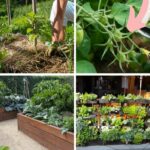
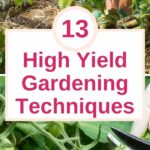
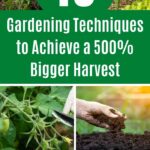
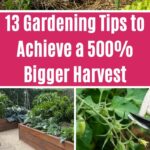
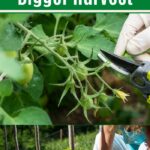
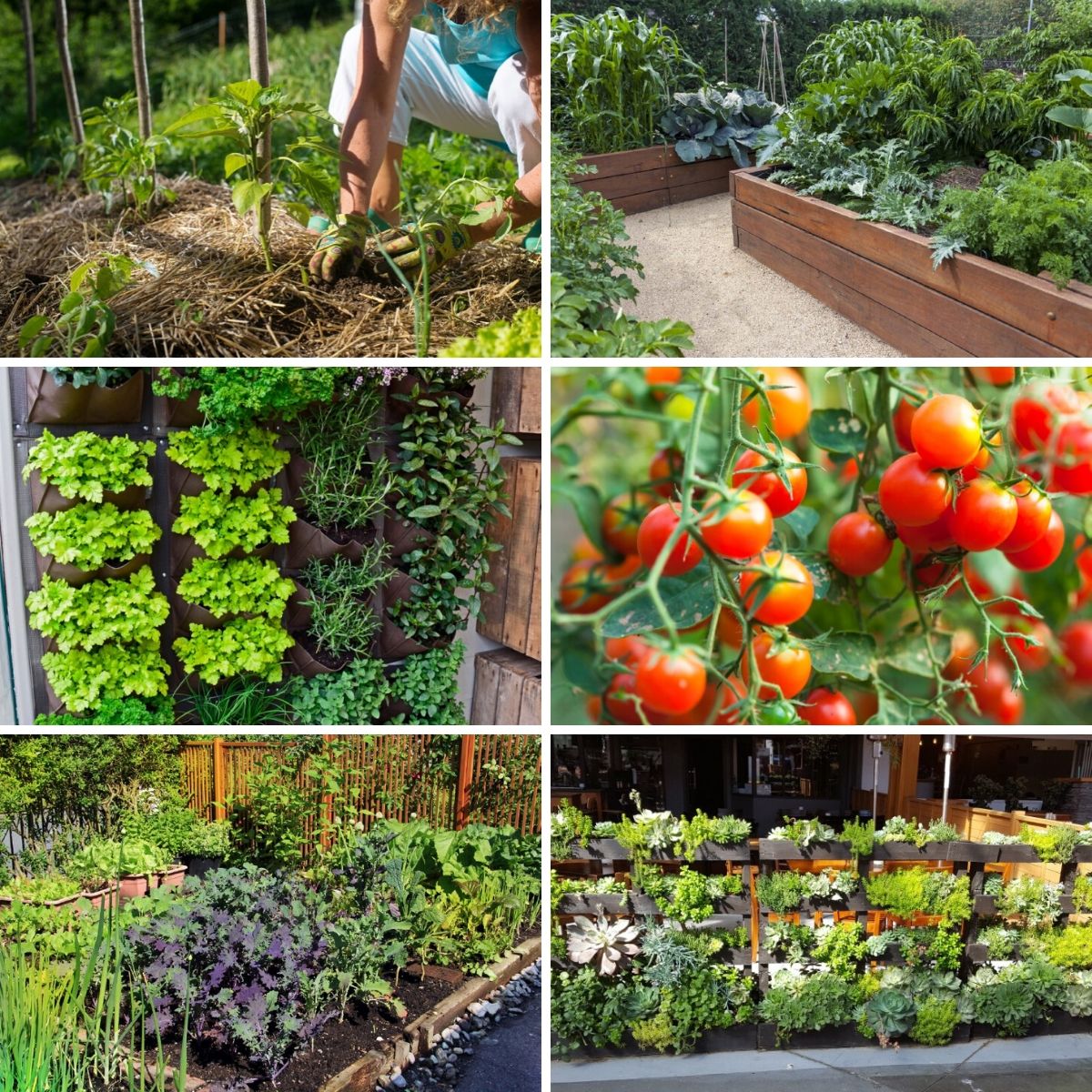
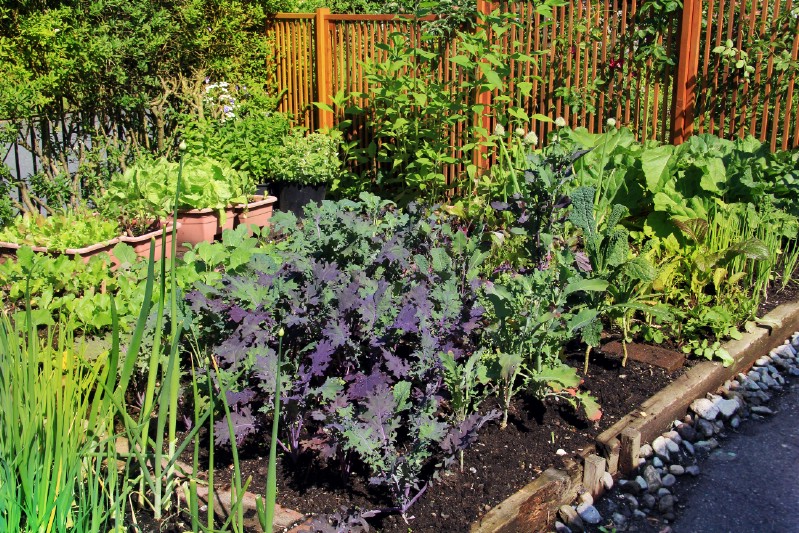
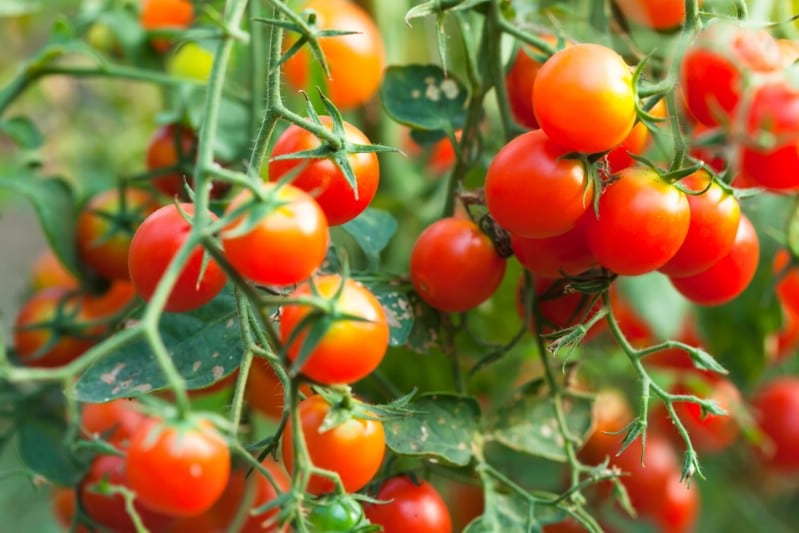
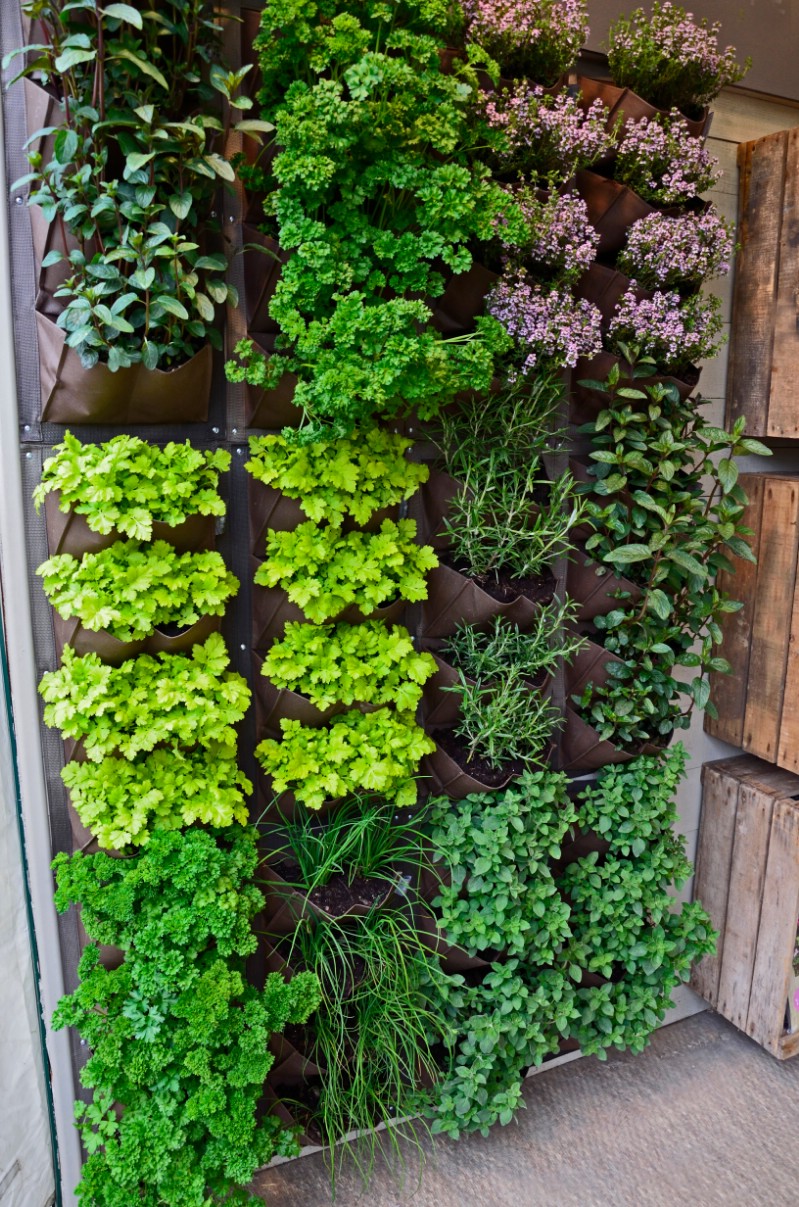
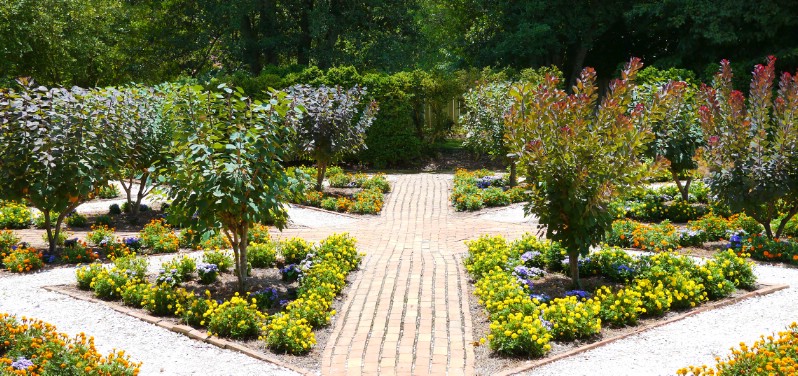
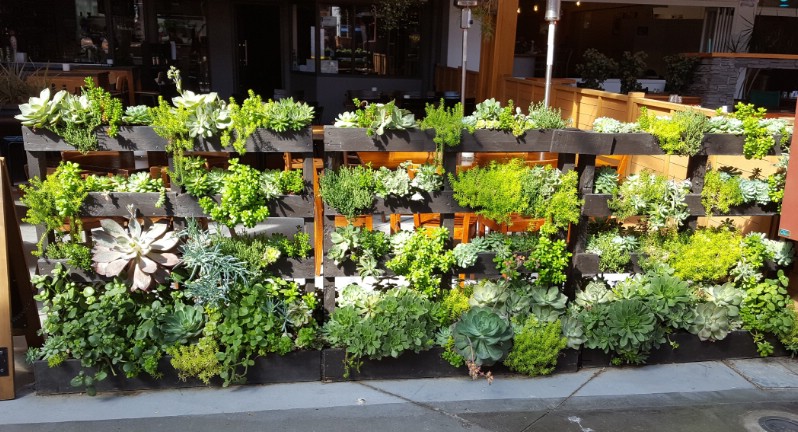
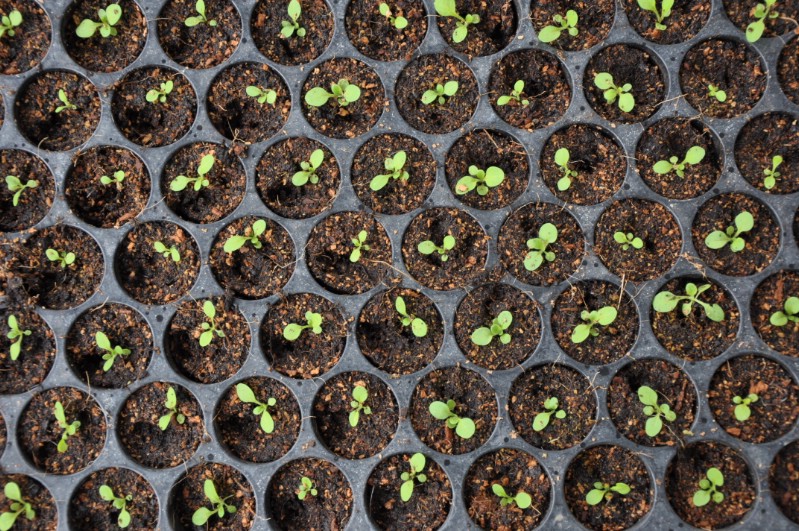
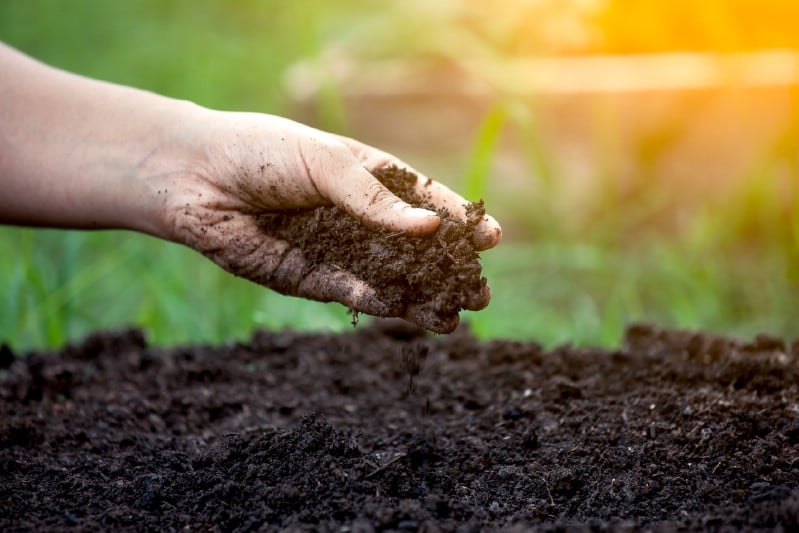
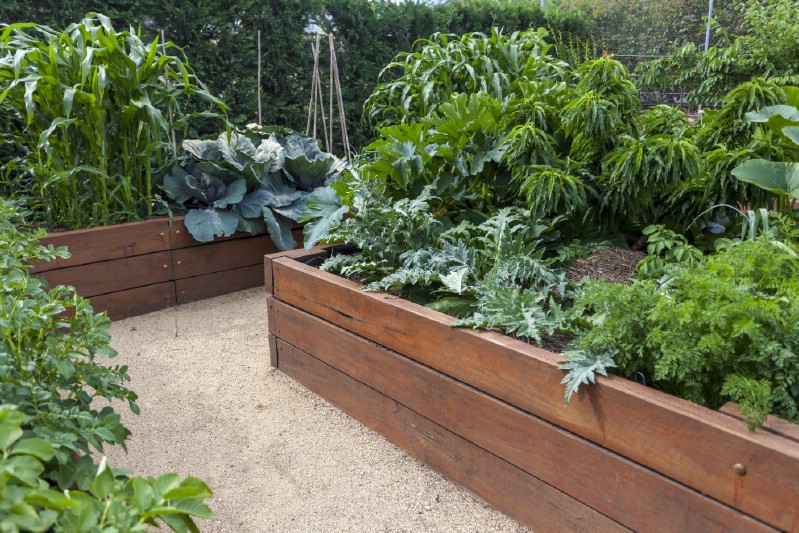
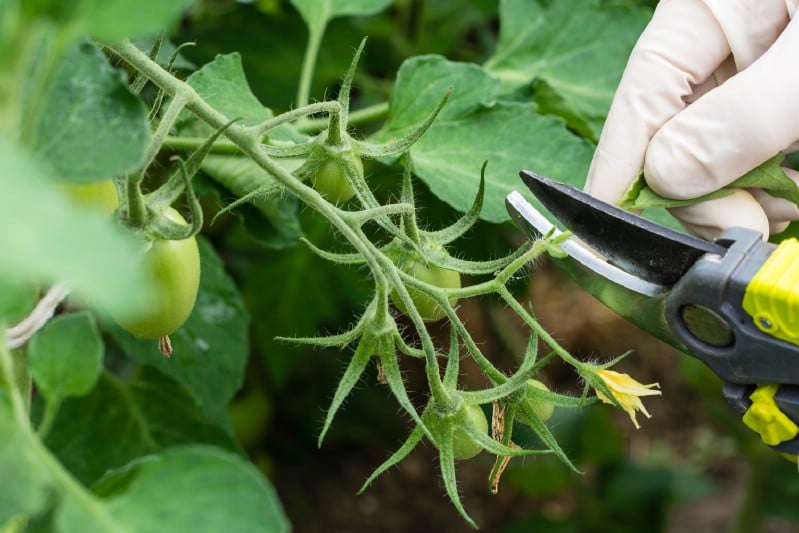
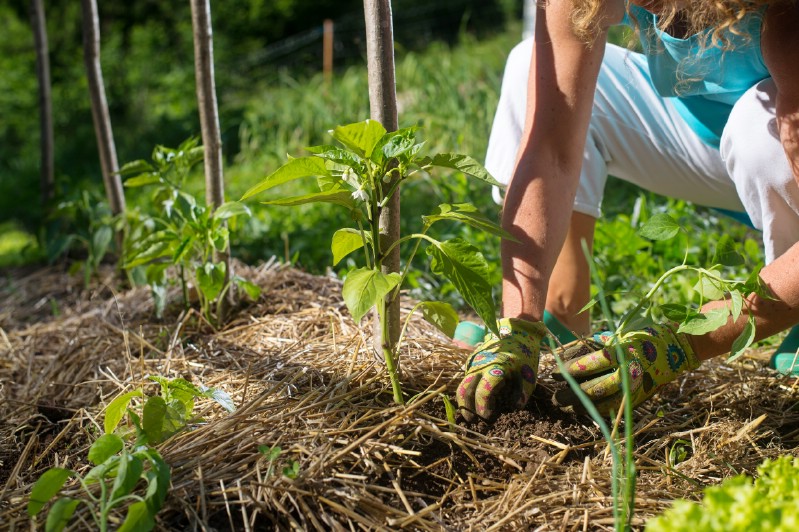
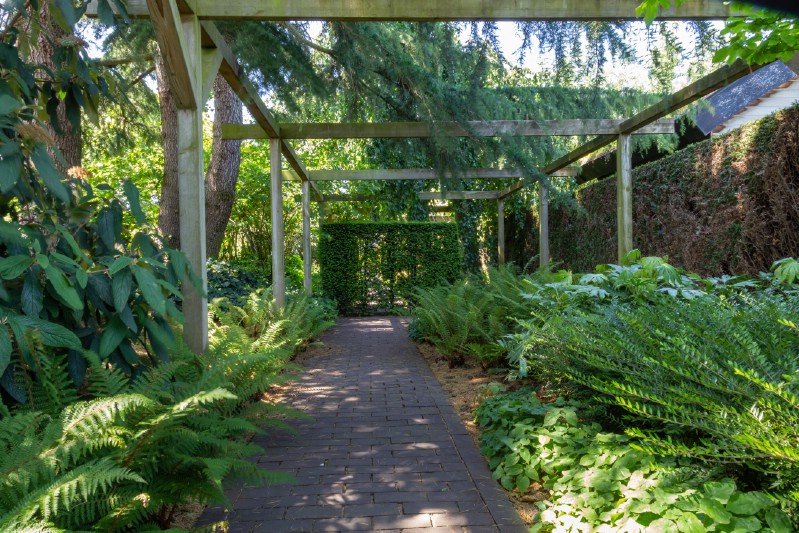
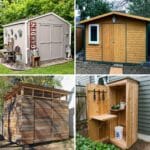
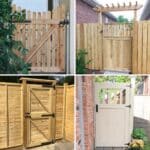
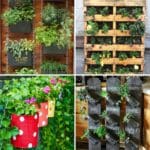

Agatha
This information is very useful to me and has helped me grow my crops to harvest. Thank you for sharing.
Terese
Would you please post a list of plants that are good for high intensity gardening and which ones are not?
Also a list of best candidates for step succession planting and the intervals?
Jil
I plant herbs with vegetables to keep pests at bay.